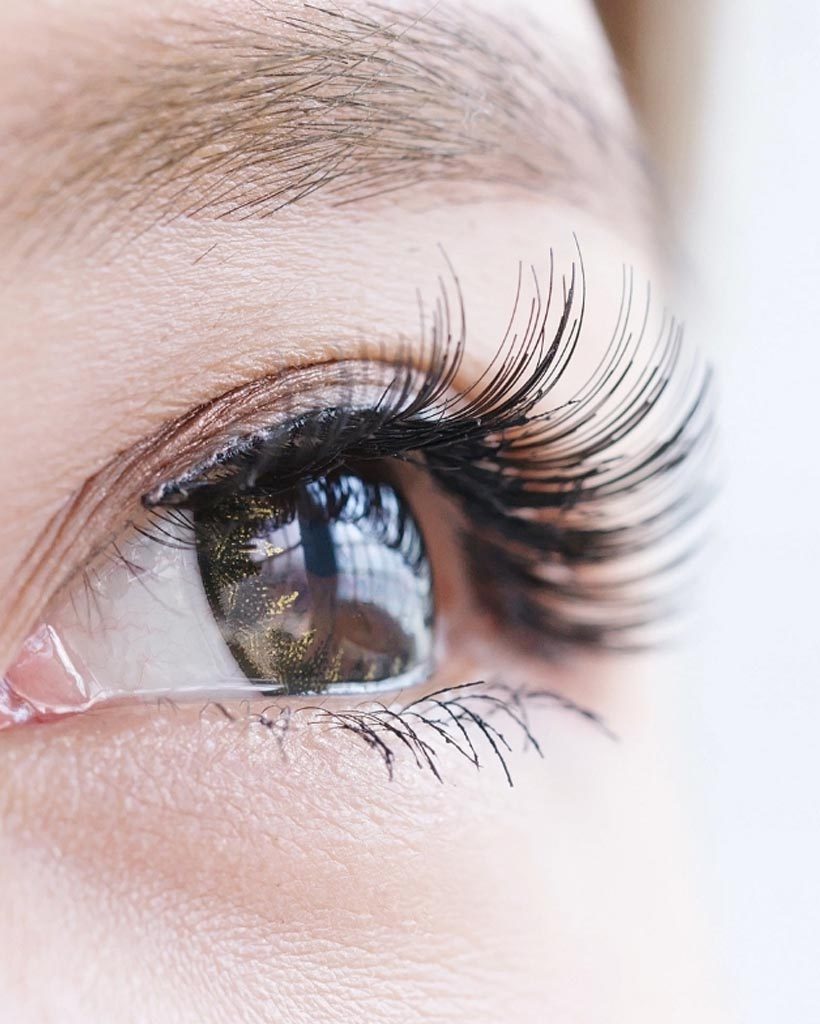Op.Dr. Ahmet Caymaz | KBB Hastalıkları. Baş & Boyun Cerrahisi Uzmanı – İzmir
About Endoscopic DSR

Endoskopik DSR
Tear is a fluid excreted from the glands under the eyelid.
After circulating the surface of the eye, it passes through the formations we call tear trough, collects in the saculations right next to the nose, and reaches the nose through a canal from there.
This is why our noses have runny when we cry. If we liken the lacrimal gland to a faucet and the lacrimal sac to a pool, the canal that allows it to flow into our nose ensures the discharge of the accumulated liquid like the hole of the pool. If this lacrimal duct is blocked, the lacrimal sac fills and after a while, it reacts as lacrimation.
The reason for frequent lacrimation in adults is the obstruction in the flow of tears to the nose. This blockage is often in the duct after the sac. Although the exact cause is unknown, it may be due to previous infections.
The most common complaint in patients is lacrimation. Although this situation is not considered a serious health problem, it is a situation that negatively affects the quality of life.
In addition, the microbial growth becomes easier in the tears that accumulate in the sac and cannot flow into the nose. For this reason, patients may develop infections in the lacrimal sac from time to time.
This situation shows itself with pain, rubor and swelling between the eyes and nose and creates an aesthetically unpleasant appearance. Firstly, patients should go to an ophthalmologist and be examined, and it should be determined that the condition is due to duct obstruction. After the diagnosis is made, it is necessary to pass on to the treatment method, that is, the stage of surgery.
This surgery was done externally in the past. Firstly, an incision was made on the skin between the eye and the nose, and the outer wall of the sac was reached from here, and by opening it, the inner wall was anastomosed into the nose.
Since the main purpose of the surgery was to make the inner wall anastomosed, it was necessary to open the outer wall as well. Since this damaged the delicate muscles in this area, it caused the sac to work as a pump and disrupt the function of absorbing tears. This may mean that even if the duct is open, the lacrimation will continue for a while. In addition, an incision had to be made on the skin and closed with stitches, which caused scars on the face. Endoscopic DCR treatment, which scans less tissue damage, has been developed with the widespread use of endoscopy over the years.
If you are also having this problem, you can get support from Op. Dr. Ahmet Caymaz Clinic by making an appointment right away.
Endoscopic DSR
Getting more detailed information about it?
You can use the link below to get a detailed preliminary examination by ENT diseases, head and neck surgery specialist Dr.Ahmet Caymaz.

